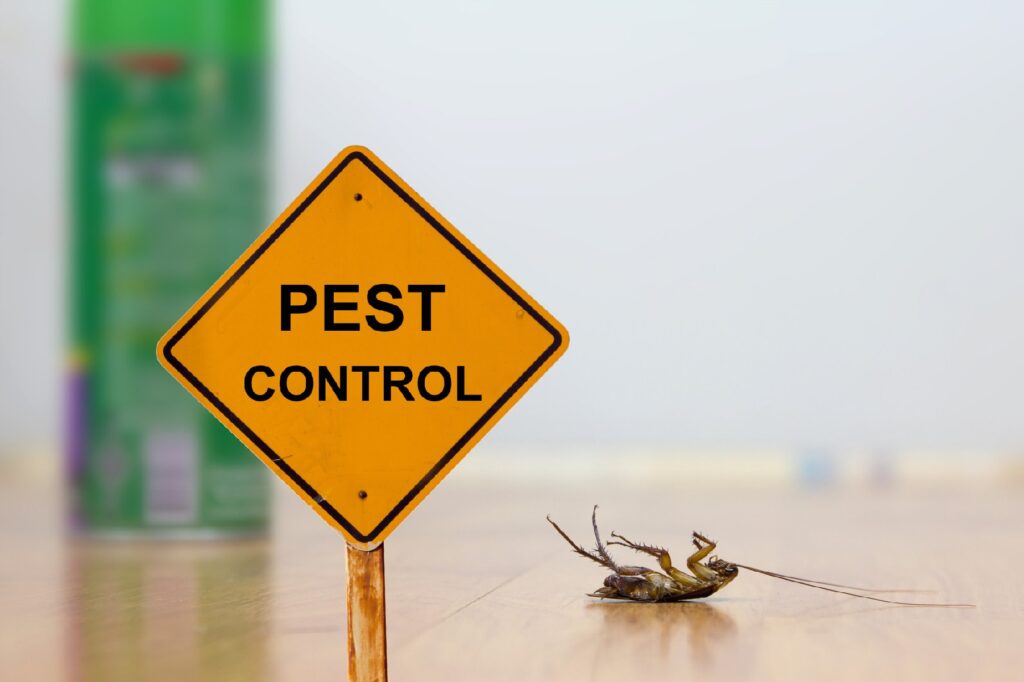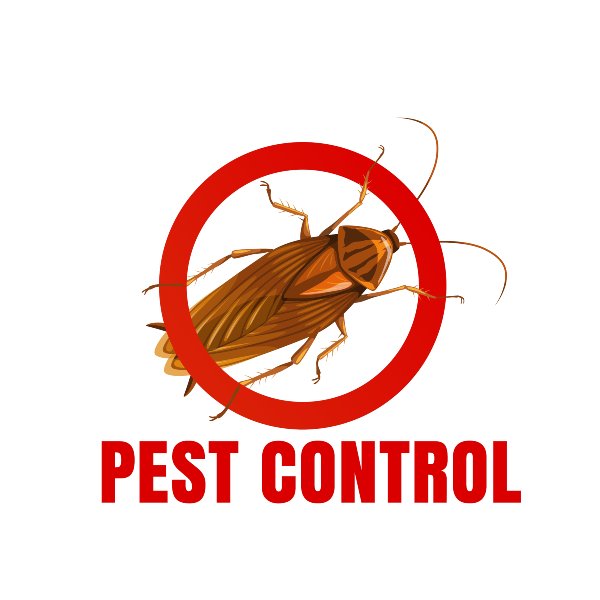Bed Pest Treatment Breakdown: Comparing Chemical Vs. Non-Chemical Solutions
In the world of insect control, specifically when dealing with the relentless issue of bed insects, the choice between chemical and non-chemical therapy services can be a pivotal one. Both methods provide distinctive advantages and drawbacks, influencing aspects such as performance, security considerations, and overall price. By examining the nuanced information of each technique, a more clear understanding of which course to seek in resolving a bed insect infestation can be attained.
Performance of Chemical Treatments
Chemical therapies for bed pest invasions have been commonly recognized for their rapid and potent efficiency in eradicating these pests. When considering the effectiveness of chemical treatments, it is crucial to comprehend that they can give a quick and thorough service to a bed insect trouble.
Additionally, chemical therapies have the advantage of supplying recurring results, meaning that they can continue to eliminate bed bugs even after the first application. This recurring action is especially advantageous in combating any kind of possible re-infestations. Furthermore, the rapid action of chemical therapies can bring alleviation to individuals dealing with serious bed insect invasions, enabling them to reclaim control of their space promptly.
Security Interest In Chemical Solutions
One essential element that requires mindful factor to consider when making use of chemical services for bed bug treatment is guaranteeing the safety and security of passengers and the atmosphere. Exposure to certain chemicals used in bed insect treatments can lead to respiratory system issues, skin irritation, or other adverse reactions, specifically in individuals with pre-existing problems or sensitivities.
Moreover, the environmental impact of chemical remedies is one more significant consideration. Some chemicals made use of in bed bug treatments might be damaging to advantageous insects, wild animals, and ecosystems if they seep into the soil or water supply. It is necessary to utilize chemical treatments sensibly, adhering to security standards, and considering much less harmful alternatives to minimize these risks and make certain the secure and reliable monitoring of bed pest problems.
Benefits of Non-Chemical Approaches
Considering the potential safety worries and environmental effect related to chemical remedies for bed bug therapy, checking out non-chemical strategies offers an appealing option with a number of unique benefits. Non-chemical techniques provide a much safer alternative for households, particularly those with kids, people, or family pets conscious extreme chemicals. These methods get rid of the risks of direct exposure to poisonous substances, decreasing the potential for damaging health and wellness results. Additionally, non-chemical therapies are ecologically pleasant, as they do not add to air or water contamination, making them a lasting choice for pest control.
Furthermore, non-chemical options can be reliable in targeting bed pests, consisting of hard-to-reach locations where chemical treatments might not penetrate - A1 exterminators charlotte nc. Techniques such as heat treatment, vacuuming, vapor cleaning, and mattress coverings give complete obliteration without the use of dangerous chemicals.
Limitations of Non-Chemical Treatments

Furthermore, non-chemical treatments frequently call for official site numerous applications to attain effective obliteration. This can be time-consuming and might not always ensure complete elimination of all bed bugs and their eggs, particularly in covert or hard-to-reach areas.
Furthermore, the success of non-chemical treatments greatly counts on proper application and thoroughness, which can be testing for people without professional experience. Insufficient application of non-chemical methods might result in incomplete eradication, resulting in consistent problems and the requirement for extra treatments.
Consequently, while non-chemical therapies have their advantages, it is vital to recognize these restrictions and consider them when figuring out one of the most reliable technique for handling bed pest problems.
Cost Comparison: Chemical Vs. Non-Chemical Options
Offered the restrictions connected with non-chemical therapies, a crucial aspect to evaluate in the context of bed bug monitoring is the price comparison in between chemical and non-chemical alternatives. Chemical therapies normally involve the application of insecticides by specialists, which can vary from $250 to $900 per room, depending on the severity of the invasion and the size of the area to be dealt with. On the other hand, non-chemical treatments go now like warmth therapy or heavy steam can be more expensive, with expenses varying from $1,000 to $6,000 for a whole home. While the first cost of chemical treatments may seem lower, numerous treatments may be required to completely get rid of the invasion, possibly raising the total price. On the other hand, non-chemical options may offer a more sustainable and green service, although they can be cost-prohibitive for some people. Inevitably, when considering the cost of bed insect therapy choices, it is essential to weigh the upfront expenses versus the effectiveness and long-term sustainability of the selected technique.
Conclusion

Thinking about the prospective safety and security worries and environmental effect linked with chemical solutions for bed bug therapy, checking out non-chemical approaches offers an encouraging option with numerous distinctive advantages.Given the limitations linked with non-chemical treatments, a crucial aspect to assess in the context of bed insect administration is the cost comparison between chemical and non-chemical choices. In contrast, non-chemical therapies like warm treatment or vapor can be extra expensive, with prices ranging from $1,000 to $6,000 for an entire home. While the initial expense of chemical treatments may seem reduced, several therapies may be called for to fully get rid of the invasion, possibly raising the general cost.In conclusion, when comparing chemical and non-chemical bed pest treatment choices, it is necessary to consider efficiency, security, benefits, limitations, and price.